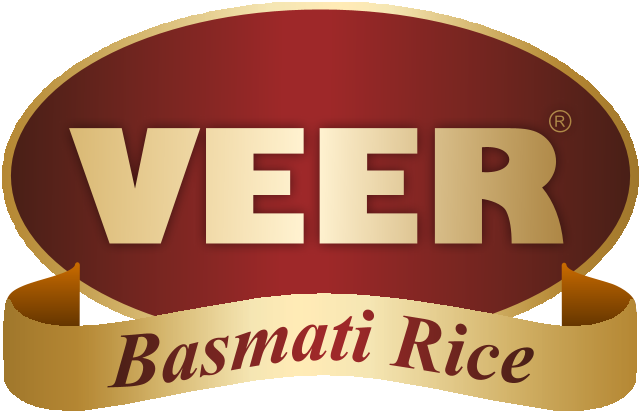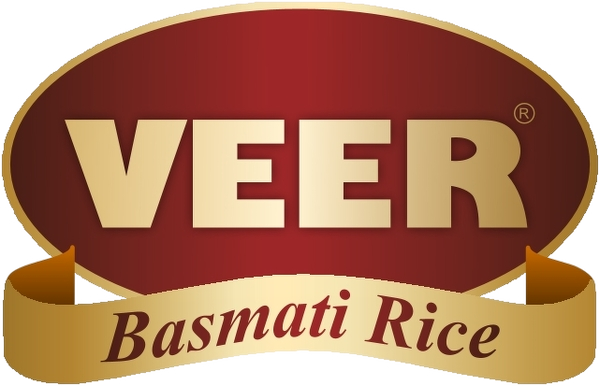Rice is one of the chief grains in India, and the country stands second as the world’s largest producer of this grain. Furthermore, it is the largest exporter of rice across the globe. The fact that rice is a dominant crop in the country, its cultivation is done at a massive pace. While rice cultivation is done by different methods based on the region, traditional practices are still in use and play a major role in harvesting rice.
History of Rice Cultivation in India
Rice cultivation has long been debated, but it is of such antiquity that the exact time is still not known. It is said that the history of rice production in India goes back to around 1,000 BC. Historians believe that it was first cultivated in the foothills of the Eastern Himalayas, i.e. the north-eastern part of the country. Then it spread to all the fertile alluvial plains. However, others believe it originated in southern India and then came to the country’s northern part.
Rice Growing Regions in the Country
Rice is a staple food in India and is grown all across the country. Broadly the rice growing regions are classified into five different regions. Here’s a brief of the regions.
North-Eastern Region:
Consisting of Assam and Northeastern states, the rice is cultivated in the Basin of the Brahmaputra River in this region.
Eastern Region:
This region of the country comprises Bihar, Chhattisgarh, Jharkhand, Madhya Pradesh, Orissa, Eastern Uttar Pradesh and West Bengal. In this region, rice cultivation is at high intensity and is done on the basins of the Ganga and Mahanadi rivers.
Northern Region:
Haryana, Punjab, Western Uttar Pradesh, Uttarakhand, Himachal Pradesh and Jammu & Kashmir are covered under the northern region of the country. Here, a single crop of rice is being cultivated because of the low winter temperature.
Western Region:
It covers Gujarat, Maharashtra and Rajasthan areas of the country. Here the rice is grown from June-August to October- December.
Southern Region:
This region consists of Andhra Pradesh, Karnataka, Kerala and Tamil Nadu. The rice here is cultivated both in deltaic tracts and non-deltaic rainfed areas.
Different Methods of Rice Cultivation
There are four different methods of rice production that are being practised in the country. Here are these methods:
Broadcasting method: In this method, the seeds are sown by hand. It is commonly practised in areas with dry and less fertile sand.
Drilling method: Here, the cultivation process is done by two people. It is mostly related to peninsular India.
Transplantation method: This method of rice cultivation is followed in areas of fertile soil, abundant rainfall and a plentiful supply of labour. The entire process is completely done by hand and is considered to be difficult.
Japanese method: In this cultivation method, high-yielding varieties of seeds are used. This method is commonly adopted in the main rice-producing regions of India.
Production Volume of Rice in India
For the past 5-6 years, rice cultivation in India has been increasing consistently. In the financial year 2021, India experienced a high production volume of rice of over 124 million metric tons. Except for a few years, the output of rice cultivation in India has grown over recent years. Even the experts have projected a significant rise in production for the fiscal year 2022.
To sum it up, rice cultivation in India has the potential to increase and needs to be promoted. The country is the second largest consumer and producer of this grain in the world and accounts for 21% of the world’s total production. Among all the produce, Basmati rice is one of the best for consumption. If you are looking for good quality basmati rice, you must check out Veer Overseas.




